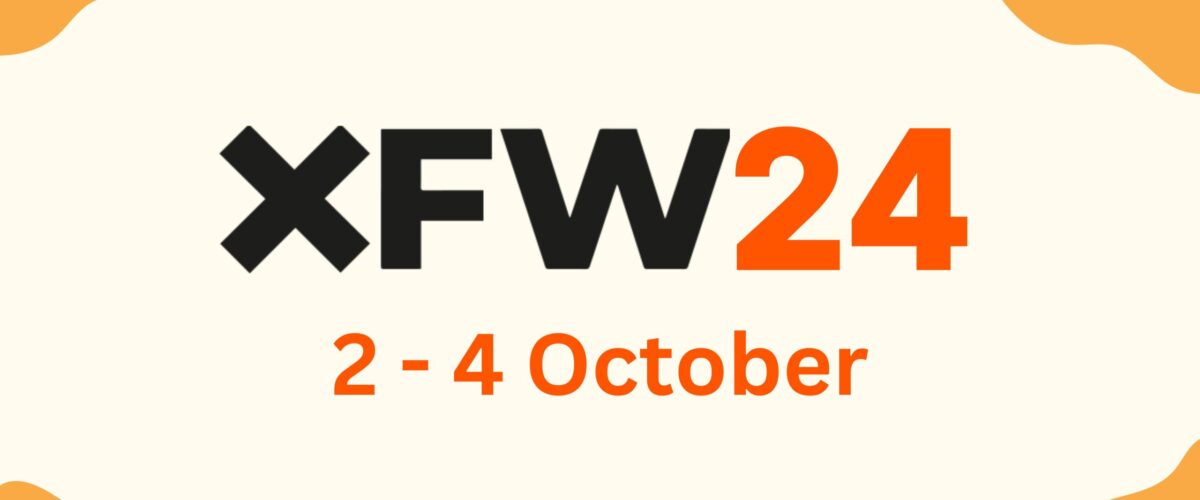A new report released by KPMG in conjunction with TWINO, the fastest growing P2P lending platform in Europe, presents a comparative analysis of lending environments across Europe over the years 2010 through 2016.
Earlier this month, KPMG, in collaboration with leading European peer-to-peer lending platform TWINO, published a report presenting the findings of the inaugural TWINO Alternative Lending Index [powered by KPMG]. The new report evaluates European lending ecosystems for the period of 2010 to 2016 using information collected from the European Central Bank (ECB) and Eurostat, in addition to relevant central banks of the countries located outside the Euro area.
The Alternative Lending Index (ALI) uses a ranking scale of 0 to 10, with higher numbers representing countries that either have a higher credit gap, lower probability of receiving a loan, more stringent loan issuance criteria, or some combination of these factors. In simple terms, the index aims to determine which areas the alternative lending market could potentially fill the existing credit gap and other lending market inefficiencies.
Highlights from the first Alternative Lending Index
The first Alternative Lending Index ranking found the following countries to be most favourable for the expansion of alternative lending: Hungary, Slovenia, Latvia, Poland, Romania, Greece and Ireland. The markets demonstrating highly efficient lending practices, and therefore the lowest ALI rank, were France, the Netherlands, Germany, Finland, Austria, and Sweden.
In assessing market potential, the ALI accounted for the size of existing lending markets and the alternative lending environment, and found Poland, Ireland, and Greece to be the leaders in this respect. Hungary, Slovenia, Latvia and Romania followed closely behind. High potential was also demonstrated in Italy, Spain, and the United Kingdom. Interestingly, all of these countries shared the common traits of high market size a rank around the middle of the Index. Other highlights from the first-ever Alternative Lending Index by KPMG & TWINO included:
- Total density of credit institutions per 1 million inhabitants decreased from 19 to 15 during the period of 2010-2016
- Aggregate European credit gap increased from close to breakeven in 2010 to 12 percentage points of GDP
-
- UK significantly higher for corporate borrowers than households
- Credit gap for the UK and France is negative, indicating lending demand is met with a surplus
- Germany is the lending market leader - total outstanding loans reach EUR 2.5 trillion. France is the runner-up, with outstanding loans totaling EUR 2.1 trillion
- Ireland was the top ranked country by number of credit institutions per 1 million inhabitants, followed by Austria and FinlandSignificant differences in availability of financing for household and corporate borrowers across countries:
Comments from KPMG & TWINO
“Alternative lending in Europe has demonstrated remarkable growth since the financial crisis, yet the ECB does not currently intend to closely monitor its development. In the absence of an official industry metric, our Alternative Lending Index (ALI) highlights the health and growth potential of this sector, which is fast-becoming a significant part of Europe’s lending landscape…. As our report shows, the alternative lending industry is showing great potential for growth in many European countries. As it becomes more unified across Europe, the need for a supervising body and regulation will become more pressing.” - Jevgenijs Kazanins, P2P Platform Lead at TWINO
“TWINO Alternative Lending Index focuses on the lending environment in each respective country and does not take into consideration regulation, although, clearly, regulation directly impacts the development of the alternative lending market. As alternative lending industry will continue to grow we expect more proactive regulation both on a local level and European level, driven by alternative lenders and other participants of the market… The index has not only identified countries with a high potential for the development of alternative lending, but has also indicated countries with an established, highly efficient lending market. In these countries, the existing sources of financing available to households and corporate borrowers are sufficient and the potential for the development of alternative lending is considered to be relatively low. The message for investors in these countries (with low ALI) is to look to other countries for investment opportunities.” - Julija Masane-Ose, Deal Advisory Director at KPMG Baltics
To read or download [PDF] the new report - TWINO Alternative Lending Index [powered by KPMG] - click here.


